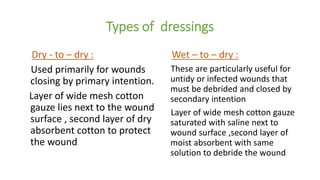wet to dry dressing procedure
Wet-to-dry gauze dressings are often used with open wounds. Start studying Wet to dry dressing change procedure checklist.
If it is sticking to your skin wet it with warm not hot water to loosen it.
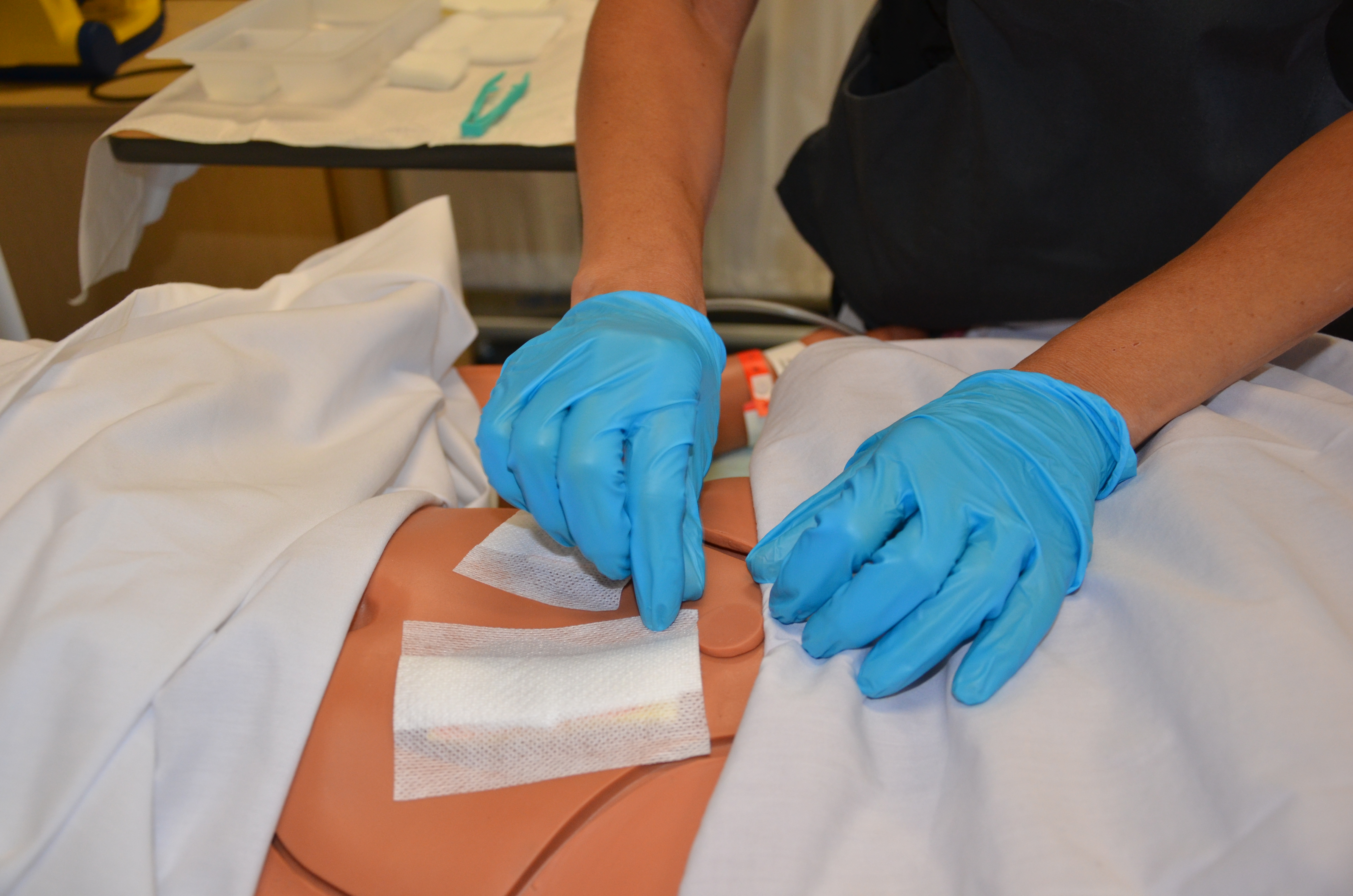
. Checks physicians order for type of irrigation solution and type of dressing to be. Dressing procedure and time of dressing change. Appearance odor and size of wound.
The wound must be in the inflammatory phase should a wet-to-dry dressing. However they need to be monitored by a surgeon to make sure you are on track. Place the sterile dressingprocedure pack on the top of the trolley.
Ensure that all materials are available before moving forward with the process. Using a wet-to-dry dressing involves placing moist saline gauze onto the wound bed then allowing it to dry and adhere to the tissue in the wound bed. 14 Apply secondary dressing over wet gauze.
After thoroughly washing the hands and arms put on a. Clean the trolley using soap and water or disinfectant and a cloth. Your health care provider has covered your wound with a wet-to-dry dressing.
Follow these steps to put a new dressing on. The wet-to-dry dressing process is one of the methods of mechanical debridement. Wet-to-dry dressings have been standard procedure for home care wound care patients although research indicates gauze dressings are not an optimal wound care modality for the patient the clinician or the healthcare system.
Applying a wet-to-dry dressing. Learn vocabulary terms and more with flashcards games and other study tools. 19 Document with focus note.
Your health care provider has covered your wound with a wet-to-dry dressing. Once the gauze is dry the clinician removes the gauze with force often required. HelloWet to dry dressings are the most effective way to keep wounds clean and to encourage healing.
How to Change Your Dressing. Wash from the fingertips to the elbow using soap and warm water. Wash your hands and put on an apron.
Pour saline into a clean bowl. Secure dressing with tape. Lpnschooljourney woundcarenursingskillsHey my brown sugaaaasWanna learn how to change a dressing.
The wet-to-dry technique begins when the clinician applies gauze moistened with sterile saline or water to the wound bed. Wound care - dressing change. Click here for your free quiz.
With this type of dressing a wet or moist gauze dressing is put on your wound and allowed to dry. This is how you will perform the. Once the gauze is dried up the clinician forcibly removes the gauze along with devitalized tissue.
Carefully remove the tape. This has to be repeated every 4 to 6 hours. Wet-to-dry dressings are a nonselective debridement method that.
Wound drainage and dead tissue can be removed when you take off the old dressing. The dressing on the wound must remain dry on the outside until the next dressing change to reduce risk of introducing more microorganisms into the wound. Document in the clinical record.
Wet-to-dry dressings are a type of mechanical debridement that consists of damping a sterile gauze with normal saline usually 09 percent and applying it to the wound bed. Moisten remaining sterile 4x4 gauze in solution in the sterile bowl. 17 Hand hygiene Reposition patient for comfort.
This is how you will perform the skill. Amount and characteristics of drainage. Put on a new pair of non-sterile gloves.
Wet to Dry Dressings. Wet to Dry Dressing Changes twice daily Follow these steps to remove your dressing. This method removes healthy tissue attached to the gauze in the drying process.
Wet to Dry Dressings Request Your Consultation. Wash your hand before and after each dressing change. Before You Start If you need pain.
Wet to dry dres. Gather the materials needed to perform a wet to dry dressing. Follow any instructions you are given on how to change.
The materials include paper tape sterile gloves sterile solution and 4-by-4 gauze. Fluff and pull apart gauze to create a single layer of fine-mesh. The clients tolerance of the procedure.
Apply an appropriate outer dry dressing depending on the frequency of the dressing changes and the amount of exudate from the wound. The dressing is changed 1 to 3 times a day. Remove the old dressing.
Gauze dressings do not effectively support optimal healing and are more labor intensive to use than advanced. Httpsbitly3uyTWEuLearn whats working for other N. What is a wet-to-dry gauze dressing.
16 Dispose of all supplies. Wet-to-dry dressing changes Dressing changes. Wound drainage and dead tissue can be removed when you take off the old dressing.
Start at the top of the trolley and work down to the bottom legs of the trolley using single strokes with your damp cloth. Logically thinking about this method tells the clinician that this may be painful similar to pulling off a scab. Your photos shows fibrinous exudate and dried secretions that need to be removed so that dressings can be most effective.
Wet-to-dry dressing changes. 18 Ask patient if discomfort noted during procedure. With this type of dressing a wet or moist gauze dressing is put on your wound and allowed to dry.
Remove and dispose of gloves properly. Every four to six hours the clinician firmly pulls the dry gauze not re-moistened from wound bed at a 90-degree angle. The dressing is allowed to dry and adhere to the tissue in the wound bed.
They help clean the wound and remove dead tissue. Place gauze pads and any packing tape you will use in the bowl. Squeeze the saline from the gauze pads or packing tape until it is no longer dripping.
Change dressing every seven days or as needed. 15 Date time and initial dressing change on tape. This handout for surgery patients explains how to change a wet-to-dry gauze dressing.
Wring out excess moisture from the gauze. Refer to Hand Washing procedure. Place the gauze pads or packing tape in your wound.
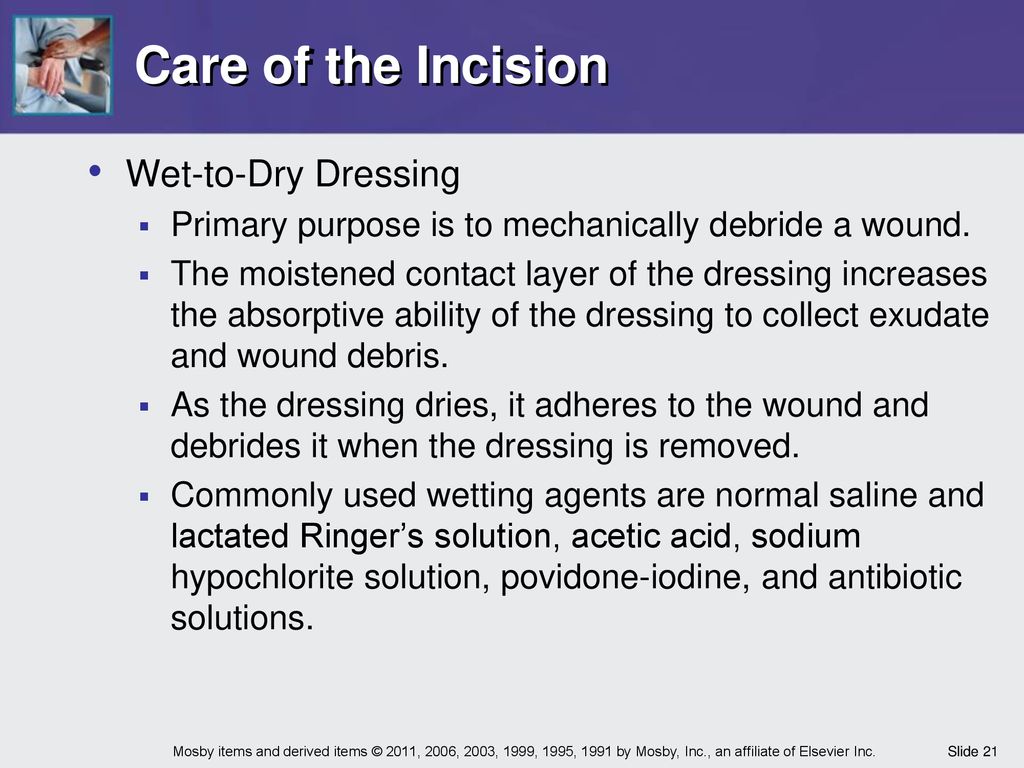
Chapter 13 Surgical Wound Care Ppt Download

4 6 Advanced Wound Care Wet To Moist Dressing And Wound Irrigation And Packing Clinical Procedures For Safer Patient Care
4 6 Advanced Wound Care Wet To Moist Dressing And Wound Irrigation And Packing Clinical Procedures For Safer Patient Care

Clean Wound Dressing Change Techniques Aseptic Dressing Changes
4 6 Moist To Dry Dressing And Wound Irrigation And Packing Clinical Procedures For Safer Patient Care
4 6 Moist To Dry Dressing And Wound Irrigation And Packing Clinical Procedures For Safer Patient Care
4 6 Moist To Dry Dressing And Wound Irrigation And Packing Clinical Procedures For Safer Patient Care

Moist Wound Healing The New Standard Today S Veterinary Practice

How To Perform Wet To Dry Dressing Nursing Crib
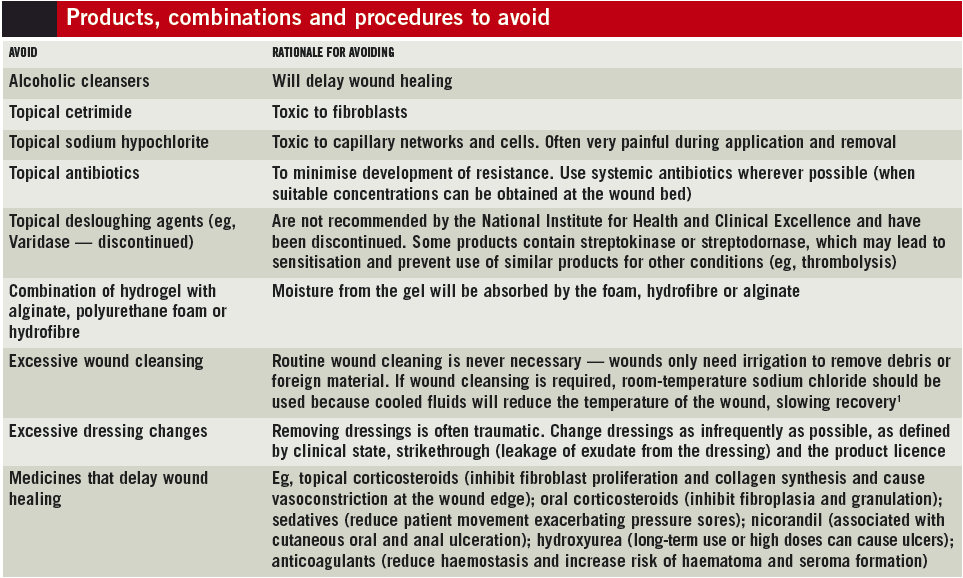
How To Select A Wound Dressing The Pharmaceutical Journal
4 6 Advanced Wound Care Wet To Moist Dressing And Wound Irrigation And Packing Clinical Procedures For Safer Patient Care

Dressing Changes Wet To Dry Nursing Skills Youtube
4 6 Moist To Dry Dressing And Wound Irrigation And Packing Clinical Procedures For Safer Patient Care

Sterile Wet To Dry Dressing Change Youtube

How To Change A Wound Dressing At Home In 8 Steps Sonas
4 6 Moist To Dry Dressing And Wound Irrigation And Packing Clinical Procedures For Safer Patient Care

Case Scenarios Putting Your Wound Dressing Knowledge Into Practice Woundsource
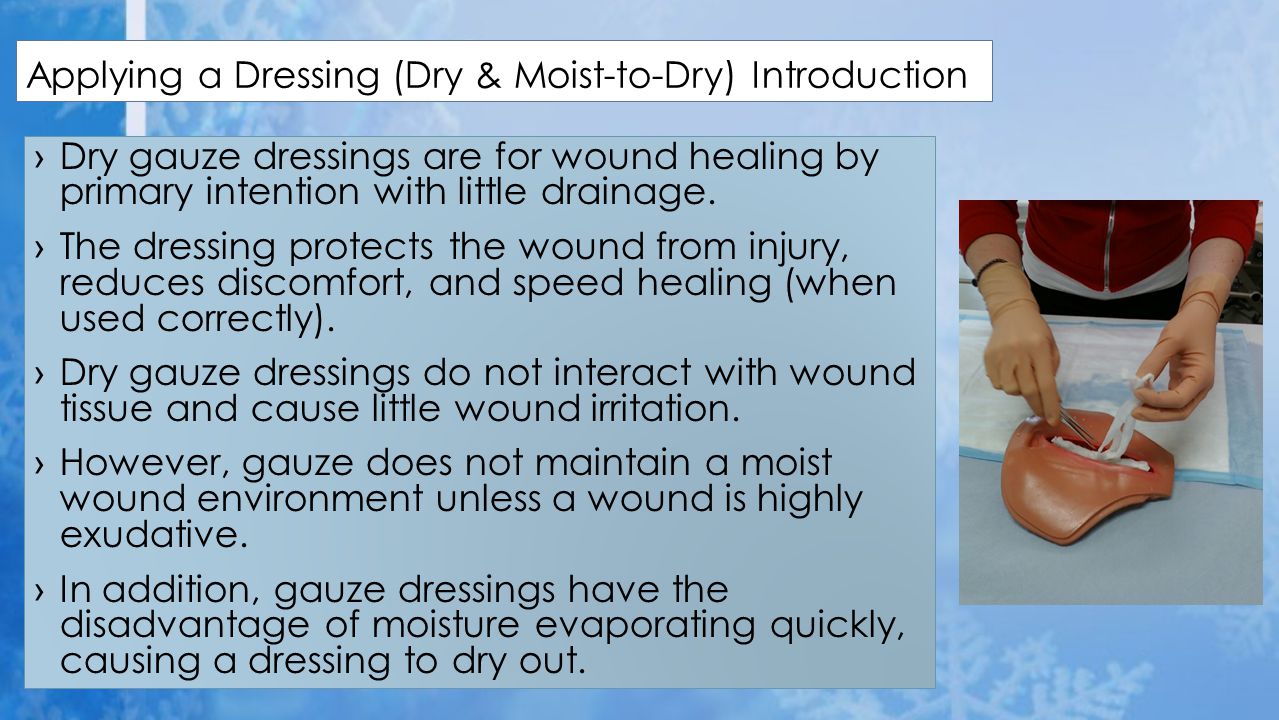
Nur 142 Skill 39 1 Applying A Dressing Dry Moist To Dry Ppt Video Online Download
